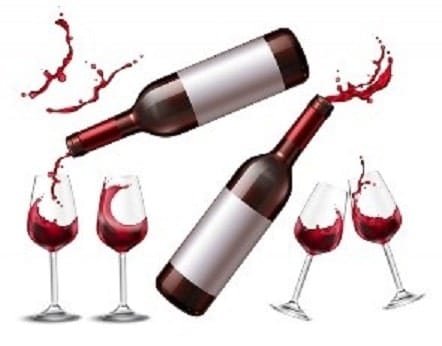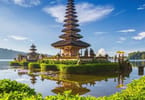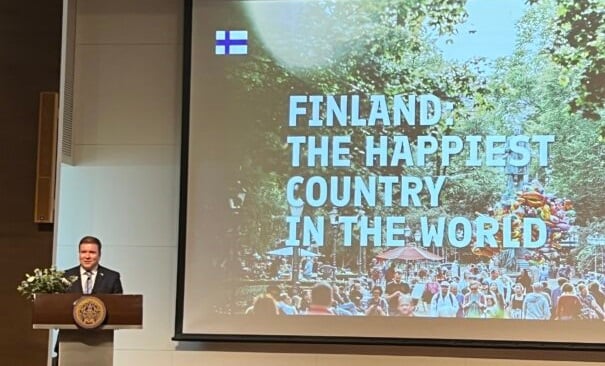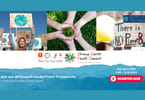Because almost all purchase situations do not include the opportunity to taste wines before buying, this is a risk that concerns consumer the most, so they use information from the bottle and label as clues as to what lies inside the bottle.
The wine consumer puts value on their wine experience based on information: Intrinsic (smelling and tasting) and extrinsic (origin, bottle form/color, brand, packaging, award, price, consumer involvement in purchase).
This two-part series takes a look at the multiple environments that create a memorable (good or bad) wine experience.
Wine Is a Head Trip Not a Geography Lesson
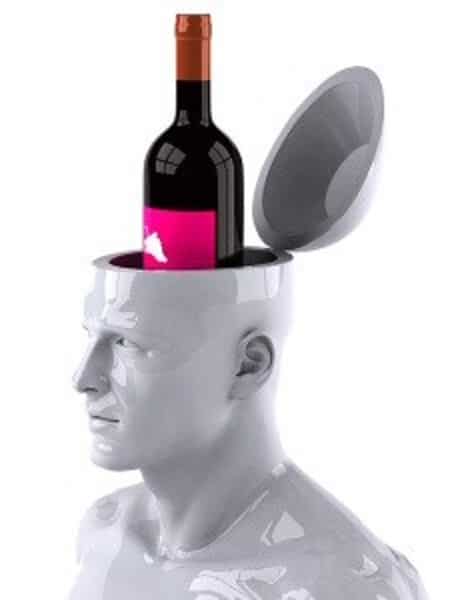
Just about every country in the world and every state in the USA is making a drinkable wine. The global wine market accounted for $489.3 billion in 2021 (Acumen Research and Consulting) and is estimated to increase to $825.5 billion by 2030, growing at a Compound Annual Growth Rate (CAGR) of 6.1% from 2022 to 2030.
People are drinking wine. However, the 2022 State of the Wine Industry Report (Silicon Valley Bank) finds that people over 65 are the demographic most likely to choose wine over other options. Younger drinkers are increasingly drawn to competing for alcoholic beverages such as beer, spirits, and spiked seltzers. Baby boomers drink more wine than millennials by nearly a 2-1 ratio. Unless the industry attracts consumers under the age of 65, wine consumption might decrease by 20% when boomers sunset.
The decreased interest in wine among younger consumers, coupled with the encroaching retirement and decreasing wine consumption of wine-loving baby boomers poses a primary threat to the industry worldwide.
Challenges
The problem with wine sales is not availability, the problem is not price, and the problem is not global warming, global cooling, or the availability of expert winemakers.
At the very basic level, the taste of wine is based on two factors: the wine grape itself (of which there are over 10,000 varieties), and where the grapes are grown. To motivate consumers to even contemplate a wine decision, the industry must drill down and dissect the entire wine experience.
Influencers
Start with the bottle. The appearance of the bottle and who has poured it affects our opinion of the wine. The color, intensity, and clarity of the wine create expectations of the wine even before we reach for the glass. European bottle shapes and colors are important in the wine industry and frequently the glass color selection is based on tradition. A California vintner producing a Cabernet Sauvignon may select a bottle that reflects the wine’s European heritage (i.e., Bordeaux), and this may be an effective marketing tool that connects the consumer to the inspiration.
The final choice of color depends on several considerations and each winery makes a unique and custom decision for their brands. There is a need to balance priorities between marketing, tradition, wine integrity, and/or a combination of best practices.
The glass. The wine experience is influenced by the shape and height of the wine glass which can evoke expectations of aroma and taste qualities. Wine glasses curve inward at the top assisting in the concentration of aromas. When sniffing and sipping, the aromas are enhanced based on the concentration of the wine around the rim.
A stemless glass suggests a casual and relaxed event, is difficult to swirl and can heat up the wine quickly as your hand is directly touching the glass bulb. Stem wine glasses make it easier to swirl the wine and offer a more formal ambiance.
Ambiance. Other factors enhancing the personal involvement with wine include ambient music, lighting, décor, and odors in the surrounding vicinity – all impact what we see and taste in a glass of wine.
Aromas. The smell of the wine as it is being poured from the bottle into the glass, and the fragrance emitted from the glass as it is raised for a sip, might generate further expectations, like citrus associated with acidity or dried fruits and spicy oak aromas with a warm, rounded palate.
The color. The color of the wine in the glass plays a role as a bright slightly blueish tint in a red wine might indicate its youthfulness while a mature red make takes on garnet and tawny hues. In one research project, Riesling wines tasted less sweet and were liked more when they were served under blue lighting rather than under green or white lighting. In some cases, men and women see colors differently and each will have different expectations and associations based on the hue they perceive.
Taste. Different wine flavors evoke dissimilar emotions. Climate, altitude, and soil compositions determine flavor. More sun? Perhaps a more exotic, tropical flavor will emerge; hilltops may promote higher acidity. Vines cooled by sea breezes ripen slower and more evenly than those from hot, insulated, inland vineyards.
Sounds. From the popping of a cork and the fizz of bubbles from a glass of sparkling wine, expectations surface in the brain and influence the wine experience based on sound.
Same Same
Although there are endless opportunities to differentiate one wine from another, one vineyard from another, and one region from another, there appears to be a rush to SAMENESS. The wine world has become increasingly focused on quantitative excellence, dependent on scores and statistics although the ratings create a false sense of precision. Is it really possible to accurately distinguish between a 90-point (or higher) Merlot from an 85-point Merlot? When purchasing wine, how much are we willing to spend for a few extra points and will it matter when we open the bottle at dinner?
Reality Can Be Harsh
It may be difficult to accept that, in fact, a few points actually help sell hundreds of more cases and generate thousands of dollars in sales. It is also hard to believe that 77% of online shoppers use reviews and ratings, and 63 % are more likely to purchase from a site if it has wine reviews and ratings (Wine Direct).
Wine scoring continues to be among the most effective tool a professional has to express opinions about the quality of a wine and assist wine buyers, producers, and consumers on which product to purchase. A Nielsen industry report (2020) found that online sales drive 55 % of wine growth in the US and since the pandemic has grown exponentially.
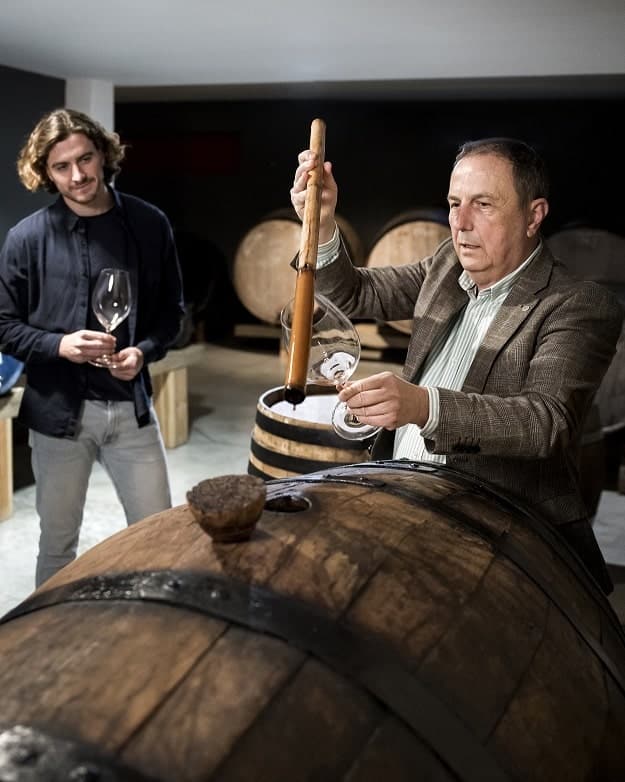
What is Old is New Again
Wine reviews are not a new phenomenon, in reality, they started centuries ago. The Marquis of Pombal established a system to rate the vineyards used for Port production in the mid-18th century. In Champagne, all villages are quality rated between 80 -100%, the lowest is rated between 80-89%, the Premier Cru Villages are 90-99% and Grand Cru Villages are 100%.
Bordeaux Classification started in 1855 and chateaux ratings fall into 5 different categories; Burgundy classification determines vineyards to be rated in 4 different categories, with Premier Cru and Grand Cru at the top. In Germany, Qualitätswein creates a hierarchy of wines (i.e., Area, Region, Village, and Vineyard) and runs in parallel with the existing hierarchy, Pradikat, based on must sugar levels.
In 1978 Robert Parker introduced the 100-point system and this has become the international standard for rating wines. The score is based on color, appearance, aroma, flavors, length of finish, and general impression, including the potential aging of the wine. This scale has become so popular that winemakers have changed the way they make their wines in order to get a higher score as higher scores fetch higher prices. In addition, multiple publications and critics who score wine could provide a platform to wines with low visibility in order to offer a wider selection to their customers.
With an increase in wine purchases being made from home, the role of online wine scores has elevated this “service” and eliminated the human interaction at brick-and-mortar stores. Andrew Mulligan, Convive Wines, stated, “There will always be money to be made in helping people feel more comfortable and confident about the things on which they spend their money.”
Labels, Packaging (Bottles/Cans)
It is getting harder and harder to find the agricultural or vigneron contribution to the beverage in the glass as winemakers try to meet what is perceived as the “consumer wants and wishes.” It is interesting to note, however, that research finds that wine drinkers actually want is more clarity in the labels: 36% are confused by wine labels and 81% want the labels to be clear, and easy to understand (Wine Vine Analytics). Consumers gravitate towards brightly colored labels (i.e., red, orange, gold) for wines priced under $20 per bottle. For wines priced over $20, consumers prefer a more traditional aesthetic. The age of the consumer influences preference with millennials attracted to the more fun, colorful and adventurous labels.
Packaging influences purchasing and wine in a can have a growing audience. In 2021, sales reached $253 million, an increase of 62% over the previous year. Drinkers want wine to match their lifestyle and it is on the go, without a glass. With a can, brands can run full 360-degree wrap-around labels that help tell the story even further.
Directions to Go Forward
Wine is considered one of the oldest products created by mankind and over the centuries has been transformed into the popular beverage it is today. It is a rare combination of art and science, integrating elements from creativity to technology and providing a variety that is able to match a diverse base of consumers worldwide.
Rather than concentrate on looking at wine zones, and sectioning one area from another, winemakers seeking to expand wine consumption and profitability should concentrate on the extrinsic characteristics of the wine and the wine consumer and not the wine “experts.” According to researchers, Larry Lockshin and Armando Maria Corsi, consumers frequently start their wine experience before making a purchase and consider price, label, awards, volume, country of origin, alcohol percentage, store promotions, etc. Some high-end consumers are likely to consider intrinsic cues such as taste, flavor, smell, and grape varieties as well as previous experiences, recommendations from other consumers, or the customer’s psychological association with the wine.
Which of these and other variable influences of wine purchasing will depend on such factors as the country of the customer, income, education, and personal preferences.
What does this research tell us? In the State of the US Wine Industry 2023, it is noted that American producers are missing a massive market because of their poor marketing efforts to motivate younger generations and their inability to make wines within the budget of young consumers (Rob McMillan). There are many opportunities to grow the wine market, domestically and internationally – if only the current wine producers would trust their own palates and the research.
© Dr. Elinor Garely. This copyright article, including photos, may not be reproduced without written permission from the author.
Coming Up – Part 2:
A Genuine Winemaker Discovered in Istria, Slovenia
WHAT TO TAKE AWAY FROM THIS ARTICLE:
- The smell of the wine as it is being poured from the bottle into the glass, and the fragrance emitted from the glass as it is raised for a sip, might generate further expectations, like citrus associated with acidity or dried fruits and spicy oak aromas with a warm, rounded palate.
- The color of the wine in the glass plays a role as a bright slightly blueish tint in a red wine might indicate its….
- Other factors enhancing the personal involvement with wine include ambient music, lighting, décor, and odors in the surrounding vicinity – all impact what we see and taste in a glass of wine.


